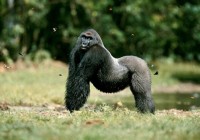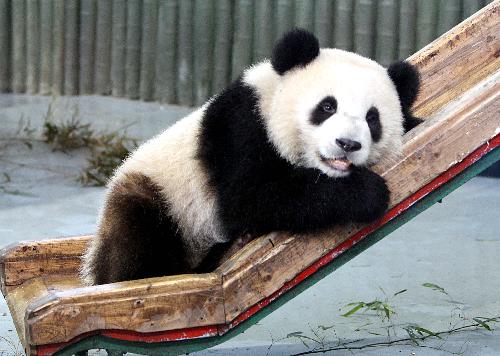2010 International Year of Biodiversity
2010 is the International Year of Biodiversity?proclaimed by the United Nations General Assembly under the theme of Biodiversity is Life, Biodiversity is Our Life.
It is a celebration of life on earth and of the value of biodiversity for our lives. The world is invited to take action in 2010 to safeguard the variety of life on earth: biodiversity.
Value of Biodiversity and Ecosystem Services
 |
Biological diversity - or biodiversity - is the term given to the variety of life on Earth and the natural patterns it forms. This diversity is often understood in terms of the wide variety of plants, animals and microorganisms. So far, about 1.75 million species have been identified, mostly small creatures such as insects. Scientists reckon that there are actually about 13 million species, though estimates range from three to 100 million.
Biodiversity also includes genetic differences within each species - for example, between varieties of crops and breeds of livestock. Chromosomes, genes, and DNA-the building blocks of life-determine the uniqueness of each individual and each species.
Why we are losing biodiversity
When most people think of the dangers besetting the natural world, they think of the threat to other creatures. Declines in the numbers of such charismatic animals as pandas, tigers, elephants, whales, and various species of birds, have drawn world attention to the problem of species at risk.
Based on current trends, an estimated 34,000 plant and 5,200 animal species, including one in eight of the world's bird species, face extinction.
The reduction in biodiversity also hurts us in other ways. Our cultural identity is deeply rooted in our biological environment. Plants and animals are symbols of our world, preserved in flags, sculptures, and other images that define us and our societies. We draw inspiration just from looking at nature's beauty and power.
The threats to Biodiversity
? Habitat loss through changes of land use in particular the conversion of natural ecosystems to cropland, continues to be the biggest direct cause of biodiversity loss. 
? Unsustainable use of ecosystems and over-exploitation of biodiversity continue to be major threats.
? Climate change is projected to become a progressively more significant threat to biodiversity in the coming decades.
? More than 530 alien species with a demonstrated impact on biodiversity have been found across 57 countries for which data were collated, with an average of over 50 such species per country (and a range from nine to over 200)
? The accumulation of pollution such as phosphorus and nitrogen, largely from excess fertilizers running off farmland, and from sewage and other effluents, causes the build-up of algae able to benefit from the added nutrients.
? Top 10 endangered species in 2010
 0
0 






